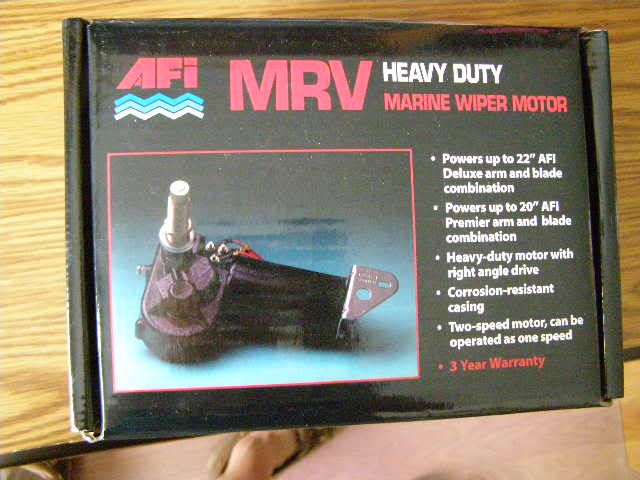Sleigher
Well-known member
Hi All,
I sent this to Eric at Parker but I haven't heard back yet. If anybody can help with their ideas I would appreciate it immensely.
Peter
Hi Eric,
I searched the Classic Parker site for this and found that you had helped some owners with at least one of these problems.
I have a 94 2520 XL MV.
I have been working on the boat for three years now.
The previous owner neglected it but I was not aware how much so, until about a year ago when I realized that I probably hadn't got such a good deal.
Anyhow, I took it out for the first fishing trip on the West Coast (I bought it in Florida) this last Saturday.
Two problems that I hope you can help with are:
Water leaking into the cabin from the screw holes of the rub-rail. Some of the screws look to be self tapping and some are thru-bolted. Is this from the factory this way or is this likely a repair?
Can you detail the repair for the leak? I have an idea how I would do it but any help would be appreciated. The rub-rail is the black plastic variety. Looks to have a black channel with a black insert.
I have a knocking sound coming from the console (sounds like it is coming from right under the shift/throttle) when going over bumps. I'm thinking that it might be related to the screws holding the cap (those under the rub-rail) because I can't find anything loose behind the console.
When bouncing it is pretty predictable but you can't reach underneath and stop it.
I'm wondering if it could be the pilot house shifting just a little bit.
When you walk up along side the pilot house after the boat has been sitting (on the trailer) you will hear a loud pop but only once. Like cracking a knuckle.
One more thing, while I have your attention, can you tell me the make and model of the windshield wiper motor? It did work but it's not working now and I clearly need it.
Thanks in advance,
I sent this to Eric at Parker but I haven't heard back yet. If anybody can help with their ideas I would appreciate it immensely.
Peter
Hi Eric,
I searched the Classic Parker site for this and found that you had helped some owners with at least one of these problems.
I have a 94 2520 XL MV.
I have been working on the boat for three years now.
The previous owner neglected it but I was not aware how much so, until about a year ago when I realized that I probably hadn't got such a good deal.
Anyhow, I took it out for the first fishing trip on the West Coast (I bought it in Florida) this last Saturday.
Two problems that I hope you can help with are:
Water leaking into the cabin from the screw holes of the rub-rail. Some of the screws look to be self tapping and some are thru-bolted. Is this from the factory this way or is this likely a repair?
Can you detail the repair for the leak? I have an idea how I would do it but any help would be appreciated. The rub-rail is the black plastic variety. Looks to have a black channel with a black insert.
I have a knocking sound coming from the console (sounds like it is coming from right under the shift/throttle) when going over bumps. I'm thinking that it might be related to the screws holding the cap (those under the rub-rail) because I can't find anything loose behind the console.
When bouncing it is pretty predictable but you can't reach underneath and stop it.
I'm wondering if it could be the pilot house shifting just a little bit.
When you walk up along side the pilot house after the boat has been sitting (on the trailer) you will hear a loud pop but only once. Like cracking a knuckle.
One more thing, while I have your attention, can you tell me the make and model of the windshield wiper motor? It did work but it's not working now and I clearly need it.
Thanks in advance,










